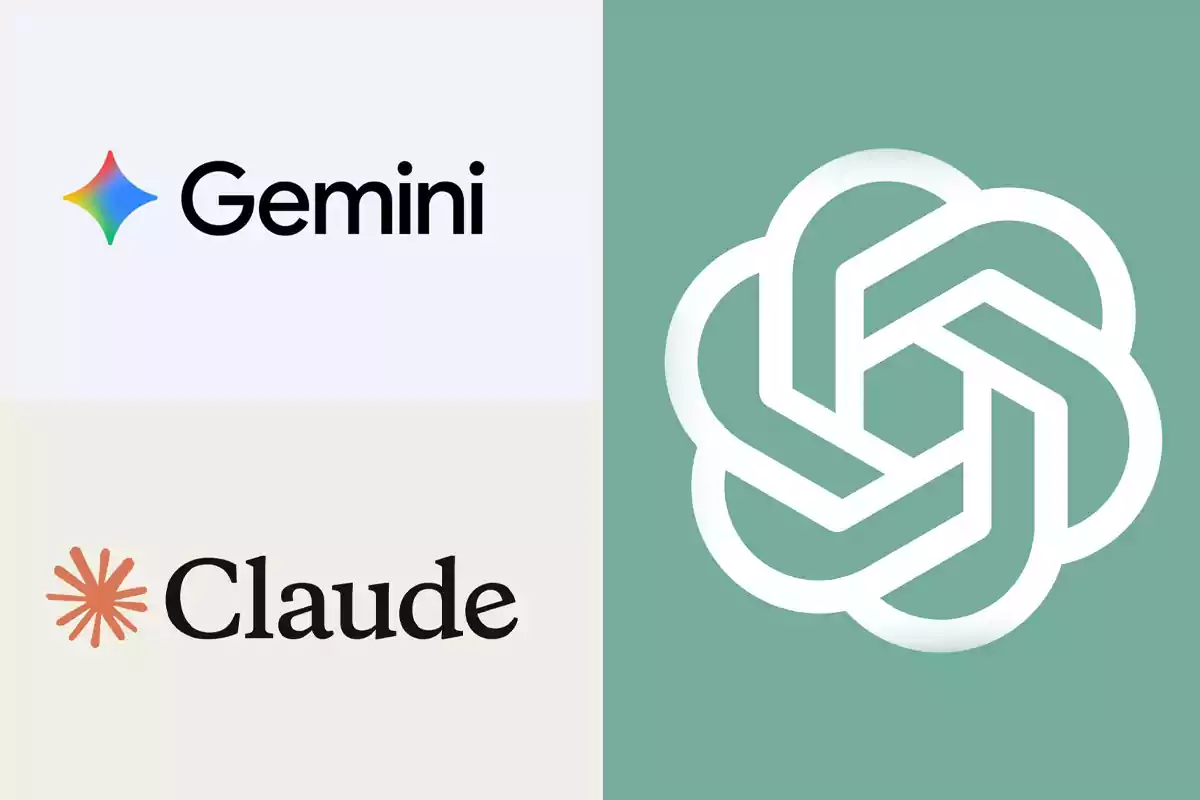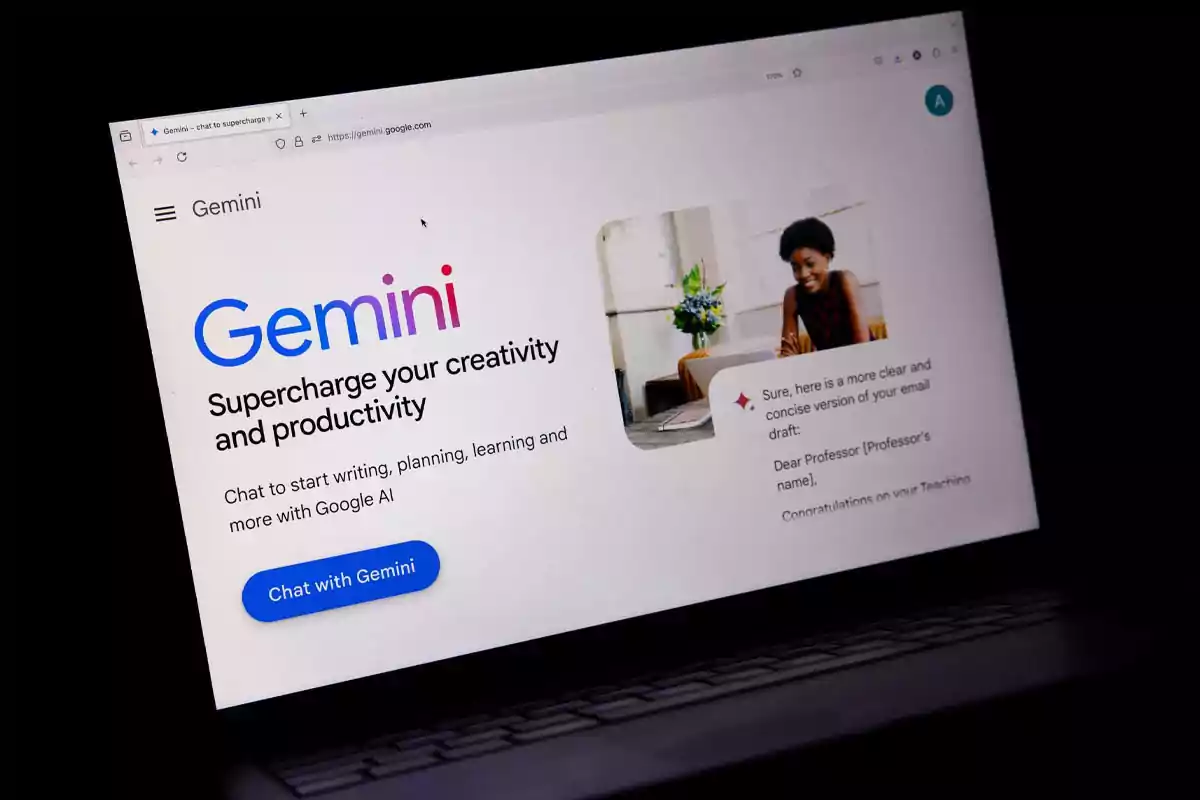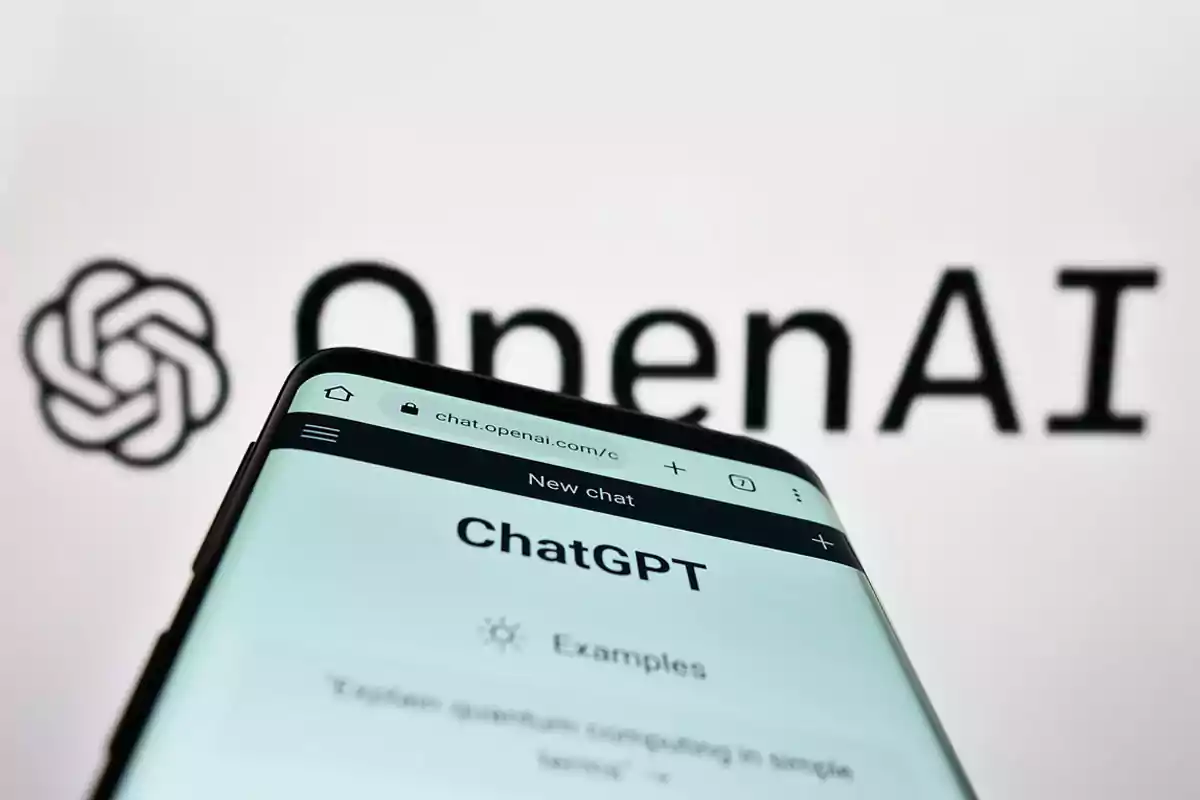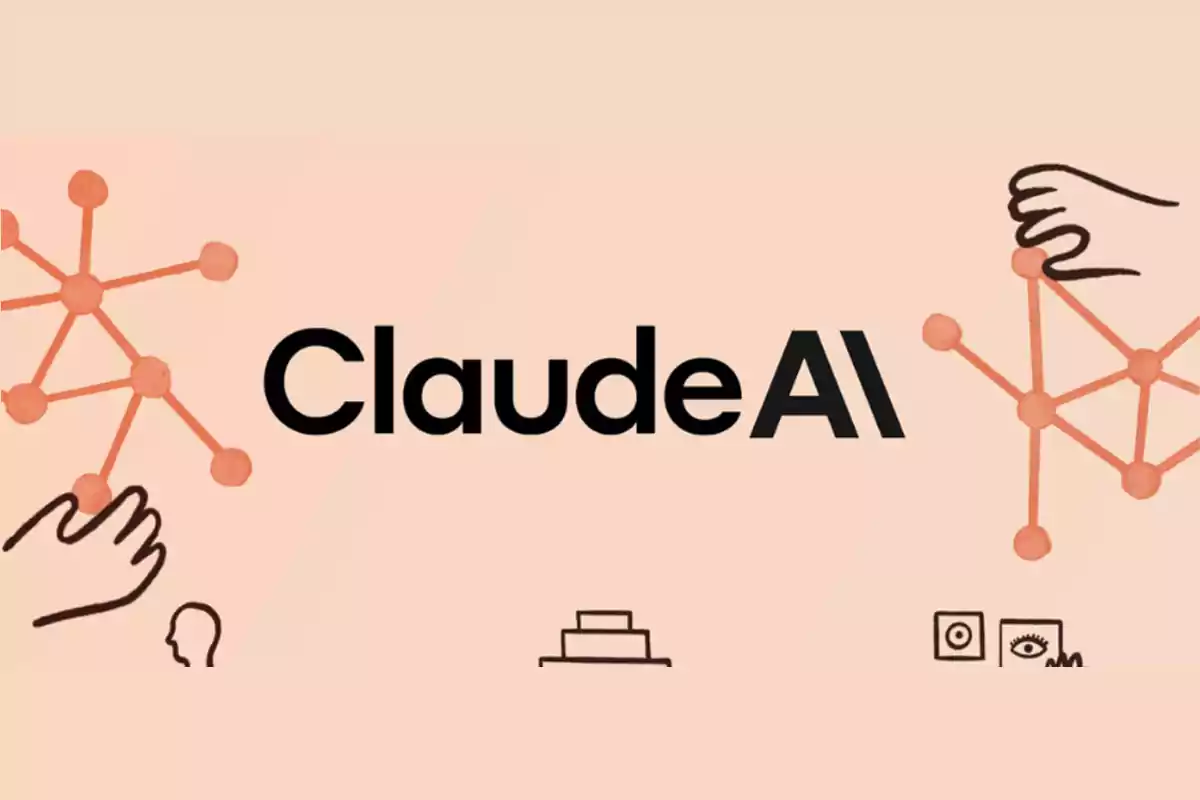
Google, OpenAI, and Anthropic explain how to achieve accurate AI responses
The companies behind the most advanced AIs revealed how you should talk to them to get better answers
The way you ask something from an AI directly influences the quality of its response. Its own creators say so, as they have published guides to teach how to get the most out of these models.
Google, OpenAI, and Anthropic agree that clear, detailed, and well-structured instructions are the key to obtaining accurate, useful, and surprising results.

What kind of instructions work best?
The three companies highlight a common principle: precision. The more specific the prompt is, the more valuable the AI's response will be.
According to Google, the most effective prompts have about 21 words. However, most users use fewer than nine, which leads to vague or generic results.
For this reason, OpenAI recommends starting the message with a clear instruction, separated from the rest with symbols like "###". That helps the model understand the hierarchy of the prompt.

Anthropic, meanwhile, suggests adding three axes to any question: scope, location, and time. That is, it is not the same to ask for "sales" as to ask for "sales from the last quarter in Argentina".
More effective instructions: use examples and assign roles
Treating AI as if it were a trainee is another strategy. Instead of explaining with words, it is best to give it a concrete example of what you expect it to produce.

You can also tell it what role it should assume: "act as a lawyer", "write as a journalist", or "give your opinion as a film critic". This defines the tone, vocabulary, and focus of the response.
Additionally, it is useful to indicate in what format you want the response: table, list, email, summary, etc. The more clearly defined the request is, the more useful the output will be.
OpenAI also recommends focusing on the positive. It is better to ask for a "clear and professional tone" than to tell it "not to be informal or academic".

How to improve responses: iterate, break down, and make it think
Another important recommendation is not to settle for the first response. There is always room for improvement. If something doesn't fit, rephrase the prompt and request adjustments.
For complex tasks, Anthropic proposes breaking them down into numbered steps. This helps the model follow a clear logic and not forget any key points.

A more advanced technique is to ask it to "think before responding". Yes, literally. That instruction makes the model generate more structured and thoughtful responses.
The final step: have AI improve your prompt
The most powerful strategy, supported by all three companies, is metacognition: ask AI to help you improve the original prompt.
This way, the model becomes an active ally to improve its own responses.
More posts: